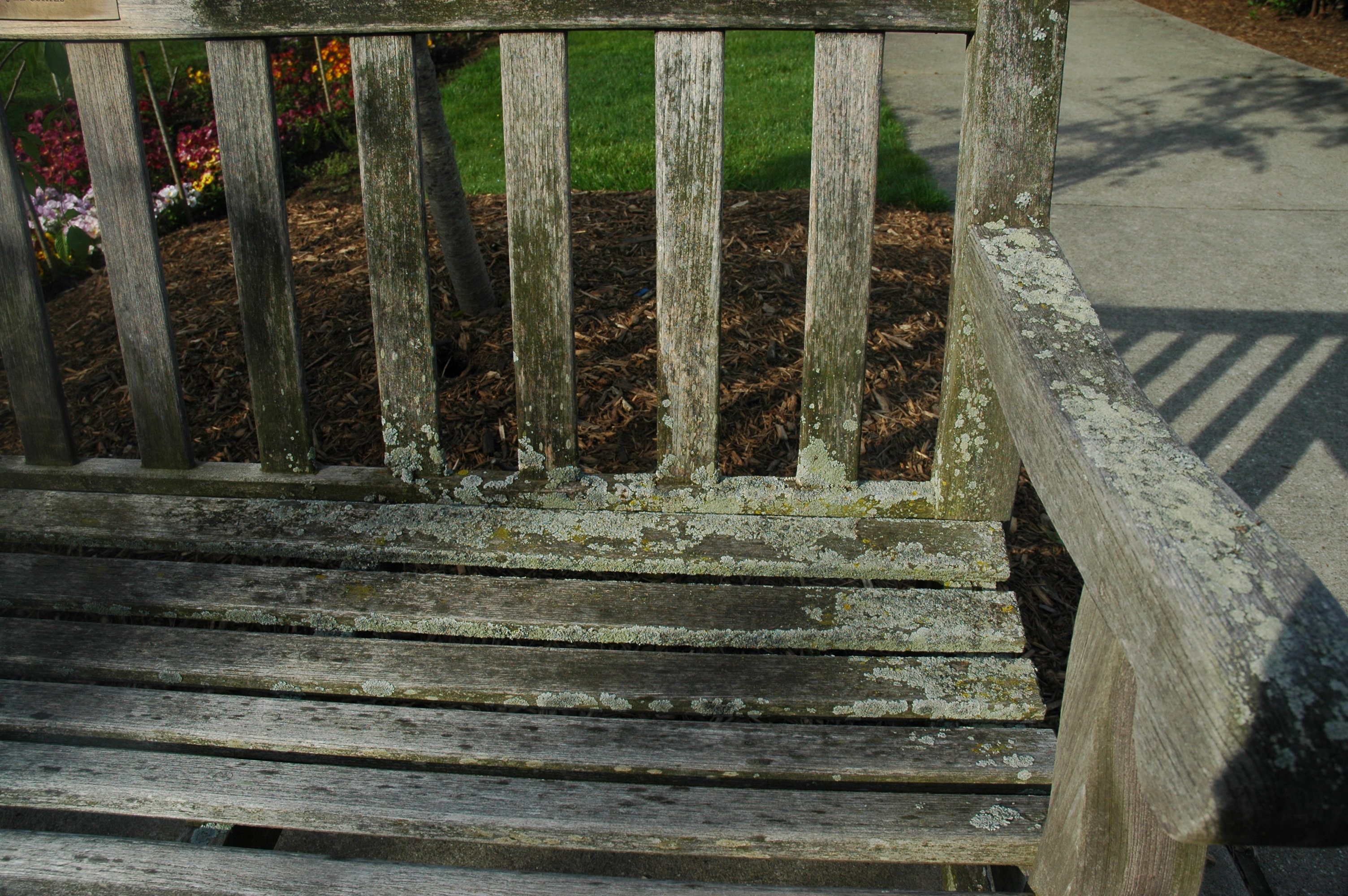What are lichens and what are they doing on my tree?
Lichens are two-part organisms that are self-sufficient and harmless to their hosts.

Michigan State University Extension educators and specialists have recently received several calls from individuals concerned about strange growths on the branches or trunks of trees. In examining photos of the trees, the “problem” turned out to be lichens. This, as it turns out, is not a problem at all.
What are lichens? Lichens are actually two organisms, a fungi and algae (Photos 1-2). The two organisms occur together and form a symbiotic, or mutually beneficial, relationship. The fungi provide protection and a place for algae to live while the algae provide energy via photosynthesis. There are thousands of types of lichens made up of various fungi and algae, and some types of cyanobacteria.
One of the most important things to know about lichens is that they are harmless to their hosts they occur on. Lichens are self-sufficient for their energy needs – recall the algae are photosynthetic – so they are not parasitic on their host. In fact, many lichens are as likely to occur on non-living substrates, like wooden benches, concrete sidewalks, tombstones, as they are on trees (Photo 3).

Lichens have been widely studied by ecologists. They occur in some of the most inhospitable places and have also been considered early indicators of pollution damage in certain ecosystems. To learn more about lichens, visit About Lichens - U.S. Forest Service.



 Print
Print Email
Email

